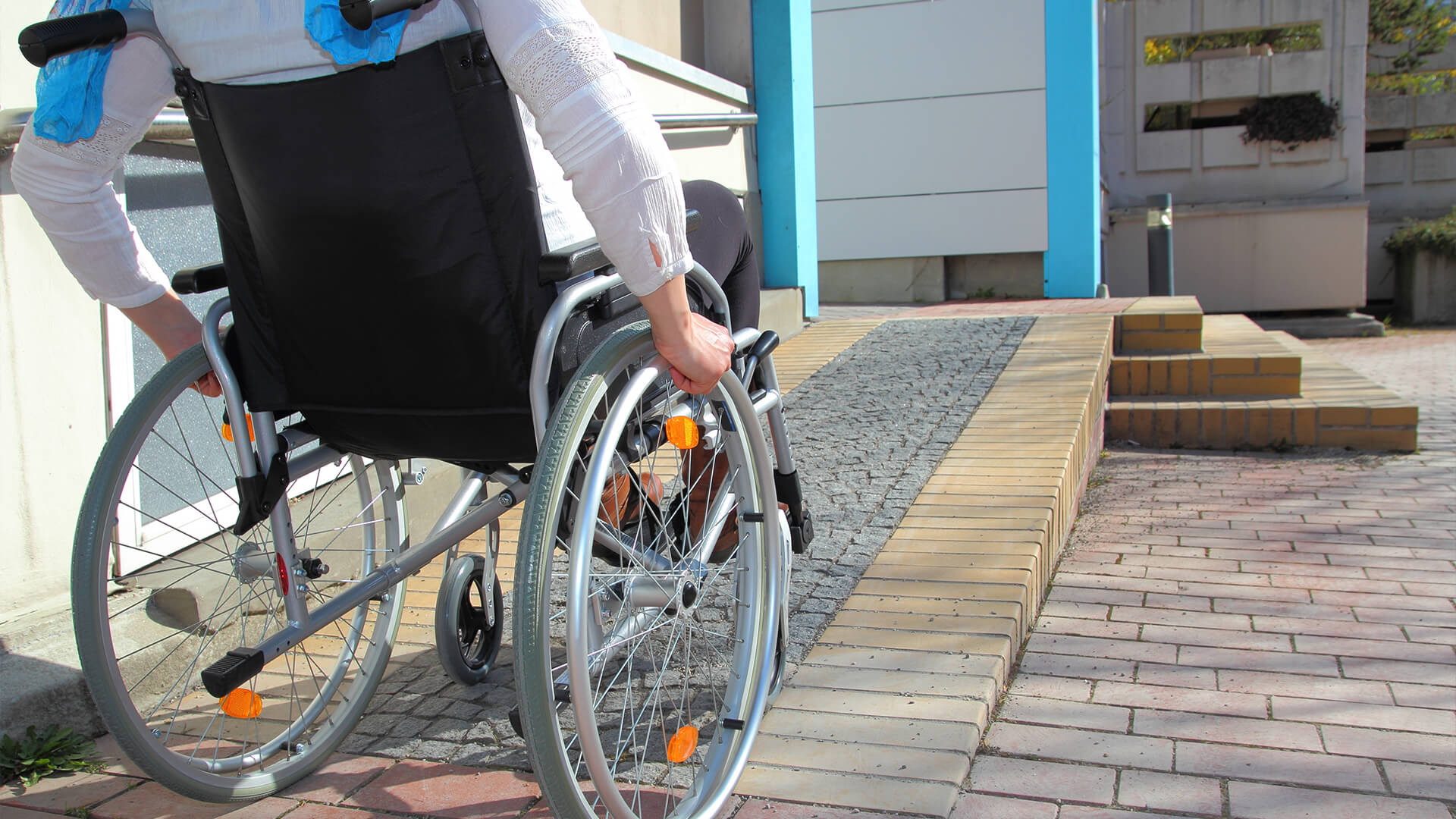New homes are springing up all round the country, as demand for housing, specifically outside of city centres, increases. The Government is making a big push for sustainable and environmentally conscious housing, but how sustainable is a house if it doesn’t support an ageing and wheelchair using population?
There are 14.1 million disabled people in the UK yet data suggests only 9% of homes are visitable. And even worse, the regional variations in minimum regulations means that there is no coordination across the country creating a postcode lottery for disabled people as to whether they’ll be housed correctly.
Understanding the problem
Accessibility in housing doesn’t necessarily mean lifts, hoists and similar adaptations. It can be as simple as wider doors and stronger bathroom walls to allow for the fitting of rails.
The government’s building regulations specify three levels of requirements:
- M4(1): Category 1: Visitable Dwellings
- M4(2): Category 2: Accessible and Adaptable Dwellings
- M4(3): Category 3: Wheelchair User Dwellings
Currently, the only nationwide one that is enforced centrally is M4(1) which is mandatory for all new dwellings unless one of the optional requirements, M4(2) or M4(3), applies.
The other core issue, aside from there being no minimum requirements set centrally, is the percentage requirements set by local authorities. 52.5% of councils are failing to set requirements for accessible housing standards for new homes, despite the government requiring this in the National Planning Policy Framework and Guidance.
Regional Variations of Regulation Enforcement
In the South East, there has been a notable increase in the level of minimum requirements for the optional access standards as outlined in M4. 34% of all new homes built in the South East are planned to meet an accessible standard, of which 33% are to an optional M4 standard.
Outside of London, the South East ranks highest, however, the postcode lottery is as scattered as ever. For those in the West Midlands looking for accessible housing, there is no requirements to meet either of the optional access standards, and the requirements to meet the older Lifetime Homes Standard has dropped nearly 5% from 2019. For those living in the West Midlands, there is one accessible home planned for every 656 people.
Living in London gives you a high chance of accessible housing, but in the East Midlands, South West, Yorkshire and the Humber and many other regions the chances really do depend on the local authorities plans.
Nationwide, analysis of the local housing plans by Habinteg found that the proportion of all homes required to be accessible and adaptable fell from 776,608 (32%) in 2019 to 671,381 (29%) in 2020.
Pushing for change
Habinteg, the publishers of the report, are calling on the government to centrally enforce the M4(2) standard as the baseline. The M4(2) requirement covers:
- Reasonable provision made for people to be able to
- Gain access to
- Use the dwelling and facilities
- Which must be sufficient to:
- Meet the needs of occupants with different needs including older or disabled people
- Allow adaptation over time as needs change
This should be done through placing sockets at reachable heights, good and clear access and circulation and strengthened bathroom walls that can support a load up to 1.5kN/m2. There’s multiple more regulations, and all of them not only ensure suitability now but also in the future. As a person’s condition deteriorates, their home needs to be able to adapt and change to suit their needs, and currently, building regulations do not support this.
Habinteg’s Director of Strategy and External Affairs, Nicholas Bungay, said:
“This forecast clearly shows that the system we have right now isn’t going to provide the number of accessible homes that our communities desperately need. We urge the Government to establish the accessible and adaptable standard as the baseline for all new homes and set clear expectations for a proportion of new homes across the country to be wheelchair accessible. Disabled and older people should not have to ‘make do’ at the expense of their independence and wellbeing. If we fail to get this right now, we’ll be storing up a whole new kind of housing crisis for the future.”
Toby St. George, Director at Lith Tech Mobility commented: “After reading this review and listening to countless comments and complaints from my customers over the years it’s clear that there is a major problem.
The category developers and housing associations seem to miss out or even in fact totally neglect is the elderly or the disabled.
If they were really thinking about the needs or these two later categories, there would be a tiny percentage of practical housing, bungalows, or user-friendly ground floor flats allocated to them to fit their needs.
These adaptations would include, an easy to access personal outside storage shed or cupboard right outside the front door, a main bedroom/bathroom combo on the ground floor, wider door ways for wheelchair access with no lips or steps into or around the house, hand rails installed, corridors with enough space to be able to turn around in without having to go into a completely new room just to change direction and lastly enough space either side of the bed so one could make a safe and easy transfer from their wheelchair into their bed without rubbing up against the walls.”
Written by Toby St. George, Director at Lith Tech Mobility, the UK’s leading electric folding wheelchairs supplier.





























